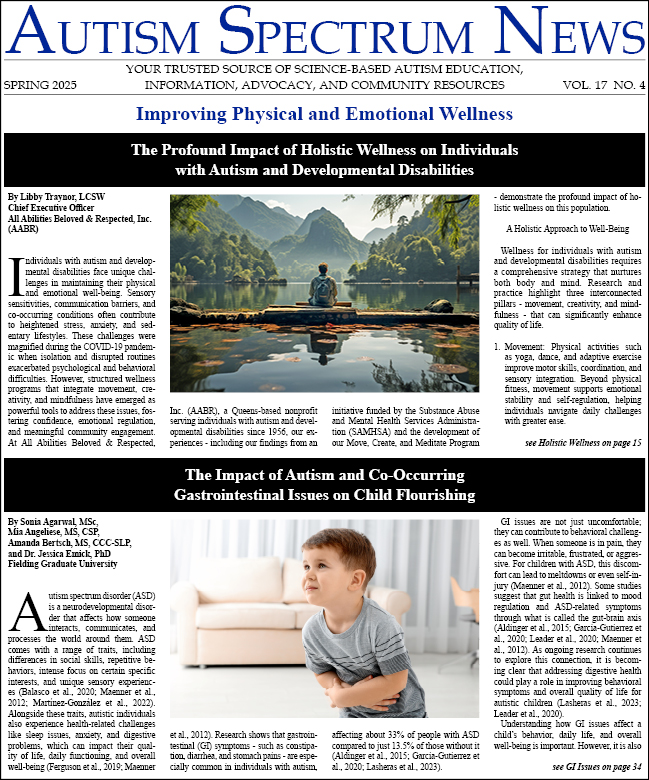-
Active Listening and Multimodal Communication: Strategies for Understanding and Supporting Unique Needs
You’re going through your workday, and suddenly, the bottom of your foot starts to ache. You stop, untie your shoe, and take it off to see what’s happening. Relief washes over you when your supervisor appears because help has arrived! You start to peel your sock back to show them where you’re...
-
Beyond Words: Overcoming Barriers to Augmentative and Alternative Communication (AAC) for Autistic Individuals
Key Points: Speech-language pathologists work to enhance communication and independence in autistic individuals through the use of Augmentative and Alternative Communication (AAC) AAC tools. Challenges to using AAC include lack of knowledge, negative attitudes, financial and time...
-
Enhancing Communication Skills in the Workplace: Strategies for Autistic Employees and Employers
Communication in the workplace is a vital key to increasing employee engagement and allowing new perspectives and voices to be heard. Once a work environment exists where all members of staff feel comfortable communicating, you are likely to see greater innovation, growth, and more effective teams...
-
Building Self-Advocacy Skills in Autistic Young Adults
Adulthood is the time when teachers and parents can no longer advocate for their children the same way they could during the school-age years. Much of it becomes the responsibility of the adult. At the beginning of my career, I had the opportunity to develop an evidence-based curriculum in...
-
The Power of Sensory Integration: Enhancing Communication for Non-Speaking Individuals
Communication is complex and extends beyond verbal expression. This is especially important to understand in non-speaking individuals. Non-verbal cues such as facial expression, body language, and sensory experiences play crucial roles in conveying and understanding messages. Sensory integration...
-
Rights and Challenges for Autistic People with Communication Disabilities in the Legal System
Police should be the last resort.... I shouldn’t have to call the police if my son is having a meltdown. When I get up in the morning, I say, “Thank God he’s not dead,” and “Thank God I’m not dead.” - Kerima Çevik, activist and parent of a nonspeaking autistic son (Sokol,...
-
Enhancing Communication and Accessibility: Assistive Technology for Individuals with Autism
What do a wheelchair, closed captioning on a television screen, and a visual schedule all have in common? They are part of an extensive list of products or services that enable those with disabilities to access activities of daily living. Like a wheelchair, assistive technology can provide...
-
How to Advocate for Your Nonspeaking or Minimally Verbal Child or Adult
Over the last decade, there has been an increase in autistic self-advocates coming into the public eye through their incredible means to advocate for themselves - and others like them. These individuals have become a powerful voice for boards, committees, research and quality improvement...
-
Language Development and Communication for Nonverbal Autistic Children
Autism spectrum disorder is one that has a broad range of symptoms, but many with its diagnosis have similar “core” symptoms. Difficulties with language and communication is a shared struggle for many. Thankfully, with today’s constantly evolving technology and research, individuals with...
-
If My Son Could Speak
My son, Tariq, is turning 40 this November. He is autistic, as well as nonspeaking, and he has a severe intellectual disability. Like many other parents of nonspeaking autistic children, I have had imaginary conversations with him many times over the years, and I wonder what he would tell me if he...





